Houston, We Have Interns: How Six Johnson Space Center Students Contribute to Space Exploration
As NASA continues to embark on the journey to send humans farther into space, a large group of talented individuals play valuable roles in making space exploration possible – our interns. From working on spacesuits and developing exercise equipment for astronauts, to propulsion systems, and everything in between, NASA’s Johnson Space Center is home to numerous students who strive to advance human spaceflight and lay the foundation for the future of space exploration.
NASA’s internship program allows students to aid in technological breakthroughs, expand our knowledge of space exploration, push frontiers of scientific research, and implement their education in their work.
With the exciting future of Artemis, interns at Johnson are going above and beyond to contribute to the success of future missions and are taking the next giant leap as inspiring, young innovators.
***
Andrew Young is a Pathways intern for the Mechanisms, Maintenance, and Crew Systems Branch as an Operations Support Officer in the Flight Operations Directorate. Young writes procedures for crew members to perform aboard the International Space Station while learning the fundamentals of being a flight controller. He is a junior at the University of Texas at Austin in Austin, Texas, pursuing a degree in aerospace engineering. Although Young is only on his first tour as a Pathways intern, his passion for space exploration and human spaceflight has grown throughout his time at Johnson.
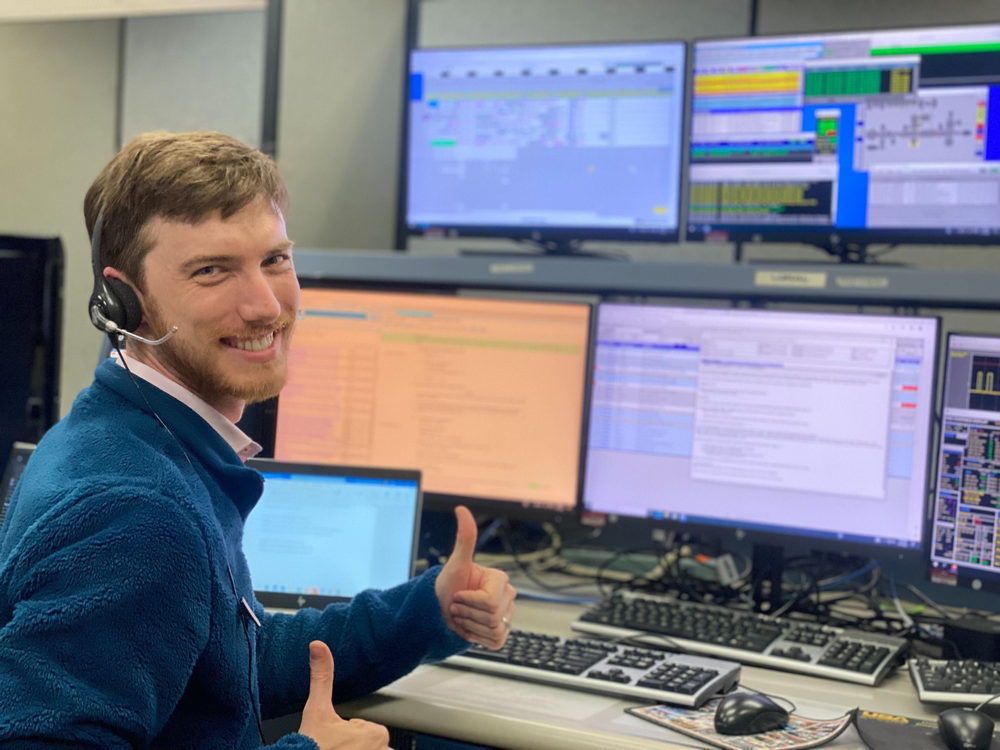
What advice would you give to others who aspire to become NASA interns?
Get hands-on experience through team projects or student organizations and stay persistent. It took me five applications to get into the program!
As a member of the Artemis Generation, what does space exploration mean to you?

I think it’s in our reach to create the future we’ve been dreaming of for millennia.
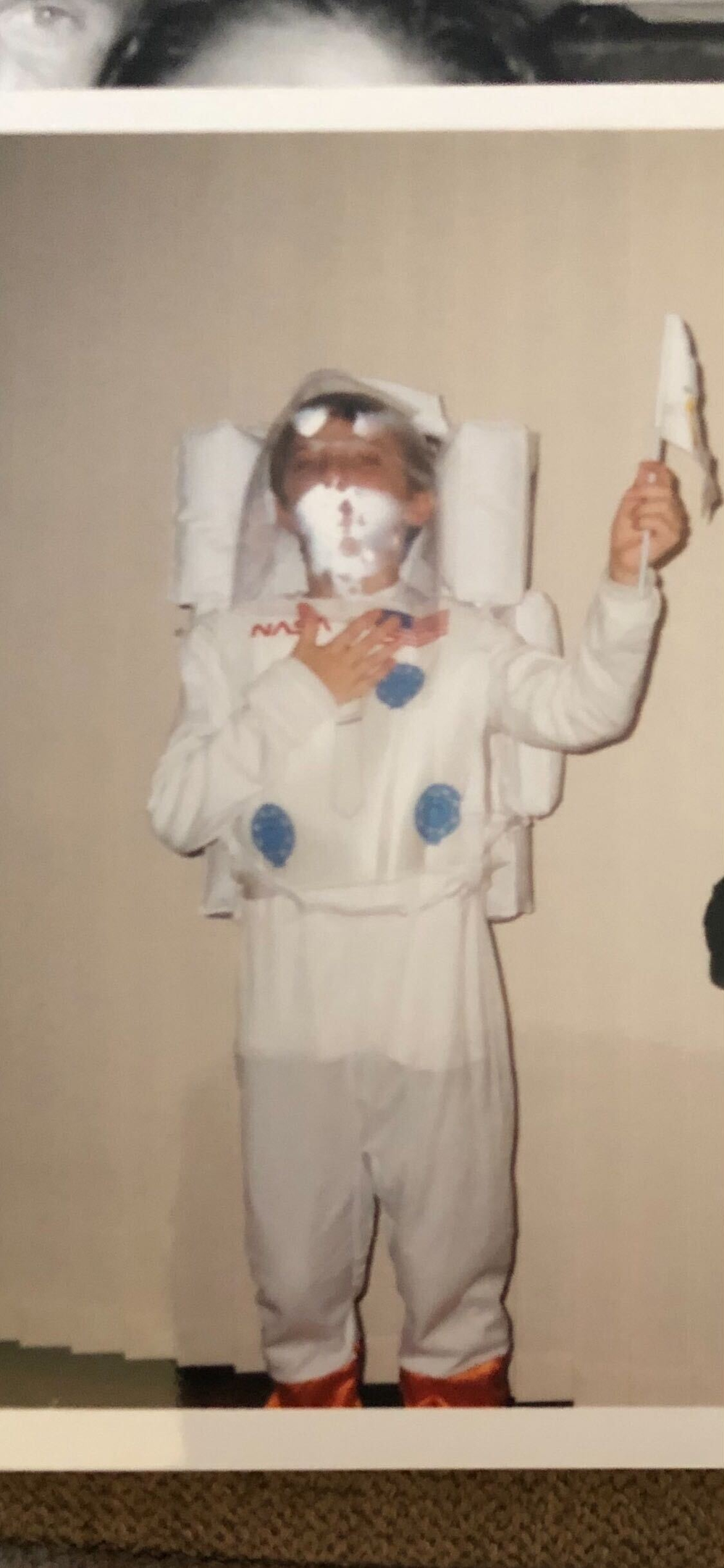
What have you learned about yourself during your time at NASA?
I learned to overcome the awkwardness of asking questions and being afraid of looking like I don’t know things. People want to help you learn!
***
Sam Buley is a Pathways intern on his second tour – his first at Johnson. As a structural engineering intern supporting the engineering division within the structural branch, he is responsible for designing, analyzing, and testing various space structures such as spacecraft, rovers, robotic mechanisms, and habitation units. Buley’s first Pathways tour was at NASA’s White Sands Test Facility in Las Cruces, New Mexico, where he worked in the propulsion test office. Originally from Houston, Buley attends the University of Texas at Austin in Austin, Texas, and is pursuing a degree in aerospace engineering which will guide him in his future endeavors with NASA.
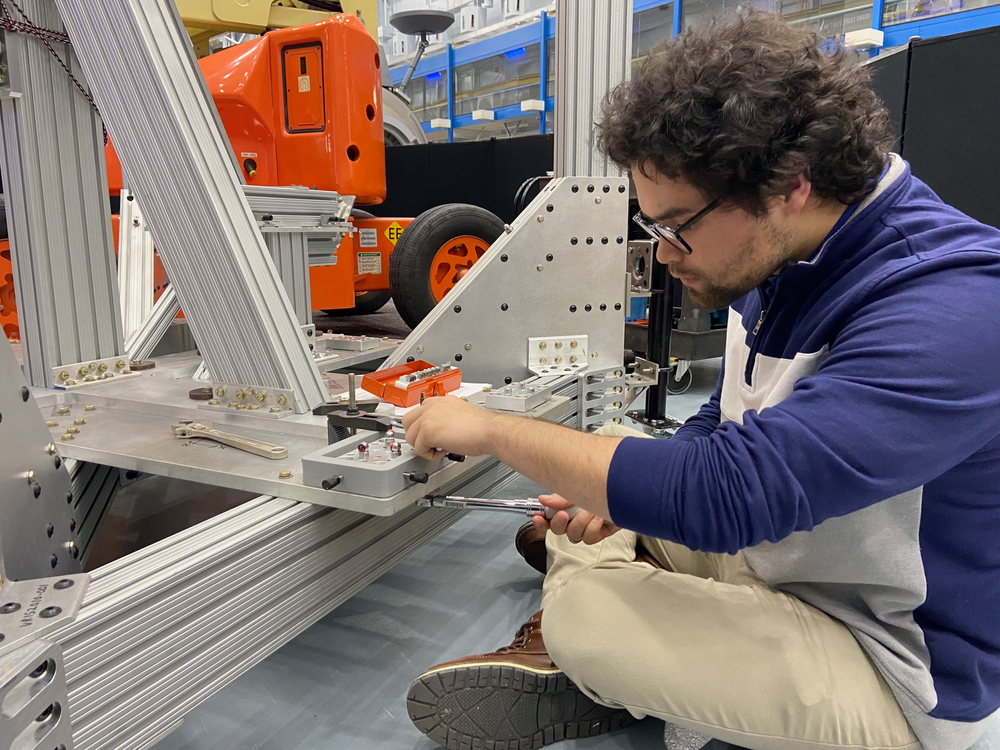
As a member of the Artemis Generation, what does space exploration mean to you?
It means ensuring humanity's return to the Moon and beyond after decades of preparation. It means taking a new approach that will establish a permanent human presence away from Earth.


What advice would you give to others who aspire to become NASA interns?
Work hard in school and do your best to get involved in technical extracurriculars. Prepare for each internship recruitment season by seeking information from current interns and applying their advice. Most importantly, do not get discouraged if you are not accepted! Persistence is a trait that anyone who works for NASA must exhibit.
***
Audrey Helbert is a Pathways engineering intern in the Exercise Development Lab where she helps develop and maintain exercise equipment for space vehicles. Originally from Leander, Texas, Helbert is on her first Pathways tour this semester and is a sophomore at Texas A&M University in College Station, Texas. She is pursuing a degree in mechanical engineering and is a member of Engineers for a Sustainable World – a nonprofit organization embracing a shared passion for technical sustainability. From developing exercise equipment suited for space conditions at NASA to creating a 3D print shredder that turns scraps into reusable filament, Helbert has embraced her passion for science, technology, engineering, and mathematics, or STEM, in many aspects of her life.
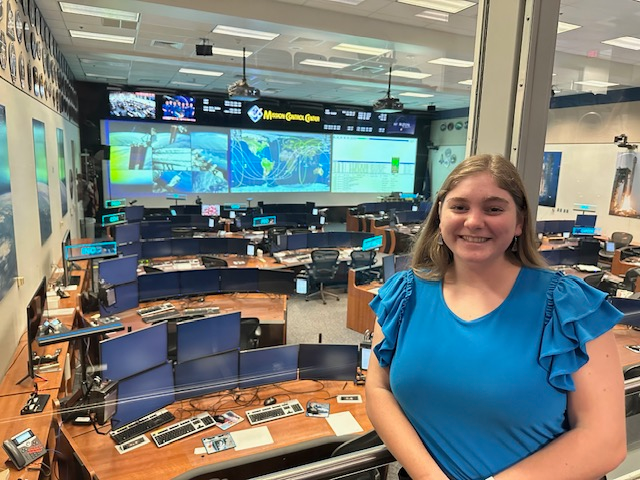
What is your favorite memory from your internship?
Getting to share my passion and NASA's history to the next generation of space explorers through NASA On Campus, the intern-run education outreach committee. STEM outreach was a deciding factor in my path to where I am, and it feels nice to pay it forward to the next generation.
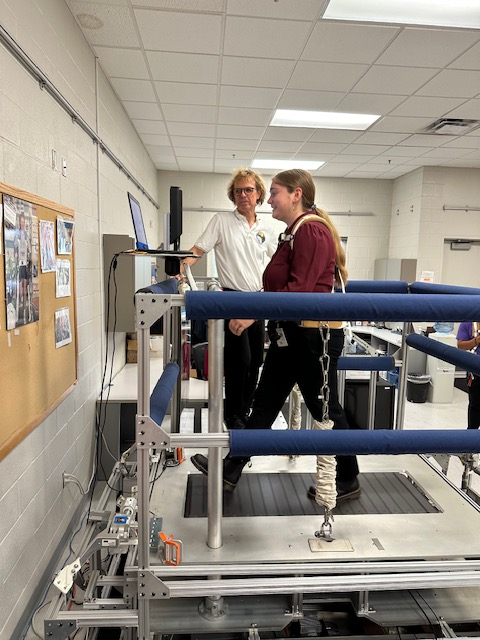
As a member of the Artemis Generation, what does space exploration mean to you?
![]()
My generation learned that humanity has been to the Moon, but seeing it happen before my eyes and being a part of the work that makes it possible is an incredible opportunity.
***
Raj Gohil is a Pathways intern at Johnson and works in the Propulsion and Energy Power Systems Branch. Gohil works on inventing new fuel gauges for Gateway and the Human Landing System. Additionally, he works on CubeSat propulsion systems and Moon dust testing. He attends the University of Houston in Houston, Texas, and majors in mechanical engineering with a minor in mathematics. Gohil has a driven passion for his hands-on internship experience and is a key component in future space exploration advancements.
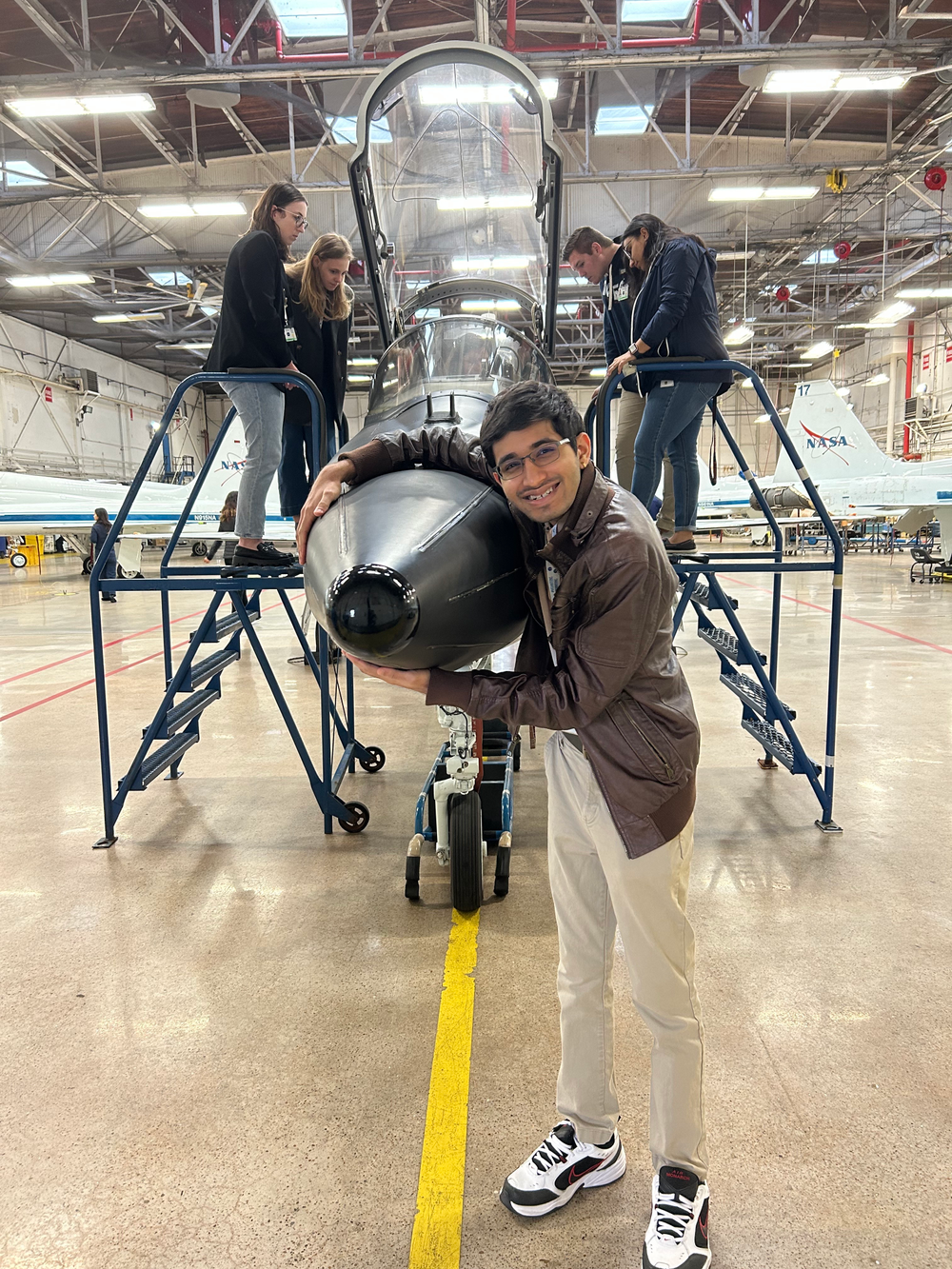
What advice would you give to others who aspire to become NASA interns?
Network, network, and network! As a first-generation student, it was important to me to make connections within the aerospace industry, especially since no one in my family is an engineer or in the STEM field. I joined the American Institute of Aeronautics and Astronautics – University of Houston Chapter and made connections with as many alumni and NASA interns at my school as possible to get interview advice, engineering experience, and mentorship. When I applied, I was fully prepared on what to do from resume to the interview. Now, just after two years from graduating high school, I work at NASA!
What have you learned about yourself during your time at NASA?
I learned how much I love hands-on testing! One of the projects I got to work on was Moon dust testing where we analyzed how lunar soil affected the structural coating of spacecraft. We did this by creating a lunar dust storm and watching lunar soil fly around a giant testing room. It was one of the coolest things I have ever seen!


***
Christos Papageorgakis is a Pathways intern in his second rotation at Johnson. Working for the propulsion and power division within the Energy Systems Test Branch and specializing in pyrotechnics, Christos is a test director for explosive bolt initiations. On his first tour, he worked in the crew and thermal systems division under the Life Support Systems Branch. He is a senior at Texas Tech University in Lubbock, Texas, majoring in chemical engineering and minoring in chemistry, computer science, and mathematics. Raised in Texas, Christos hopes to use his unique experiences at NASA to prepare him for his next steps in enhancing human space exploration.
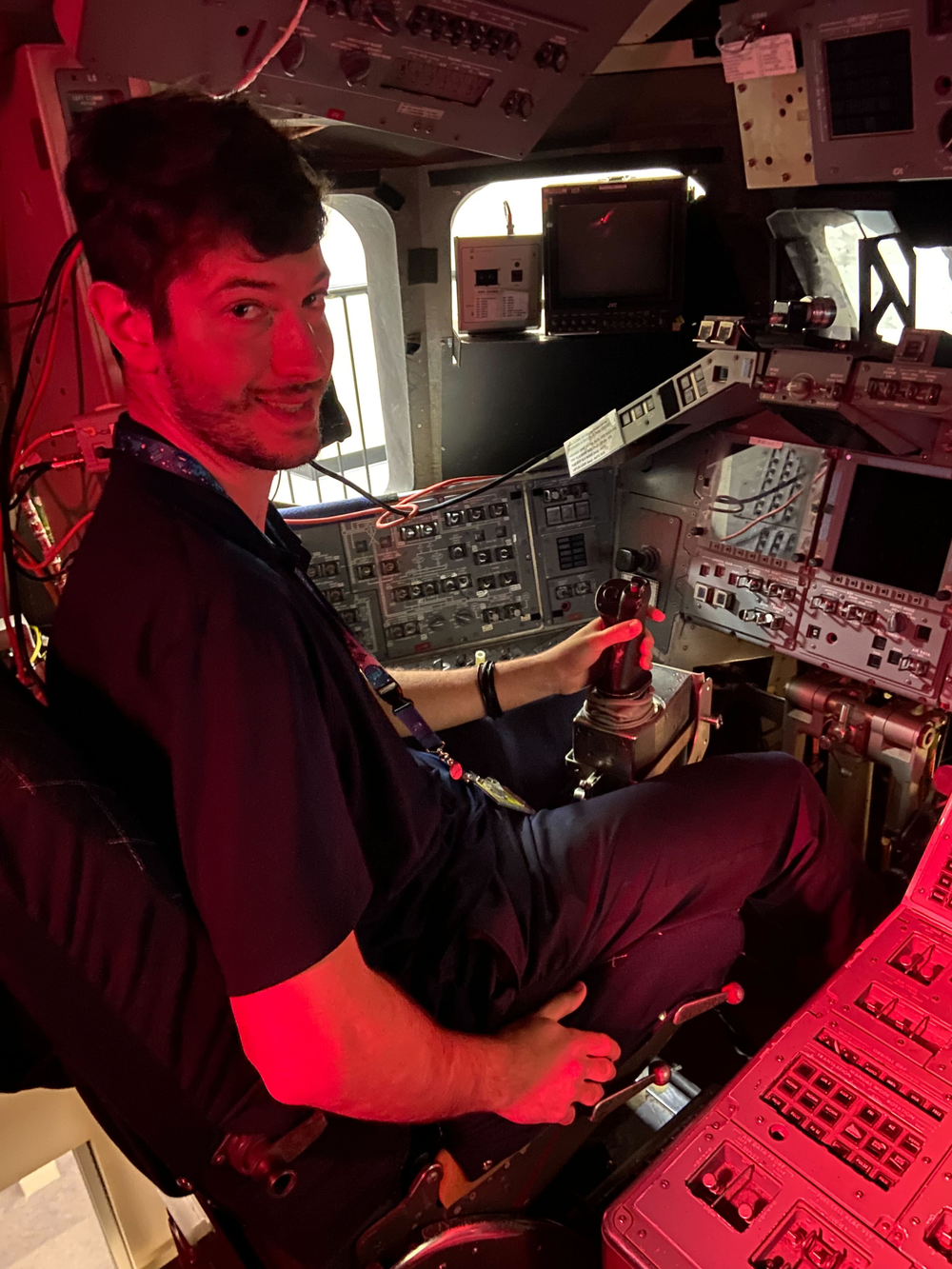
What is your favorite memory from your internship?
This is a tough one since almost all of the things I’ve done here are phenomenal. But if I had to choose, it would be watching the Artemis I launch from Space Center Houston.
As a member of the Artemis Generation, what does space exploration mean to you?
For us NASA employees, it means to be inclusive to one another and to collaborate with contractors and civil servants to ensure the success of launching into space.

Therefore, we all deserve a lot of recognition and retention for the future.
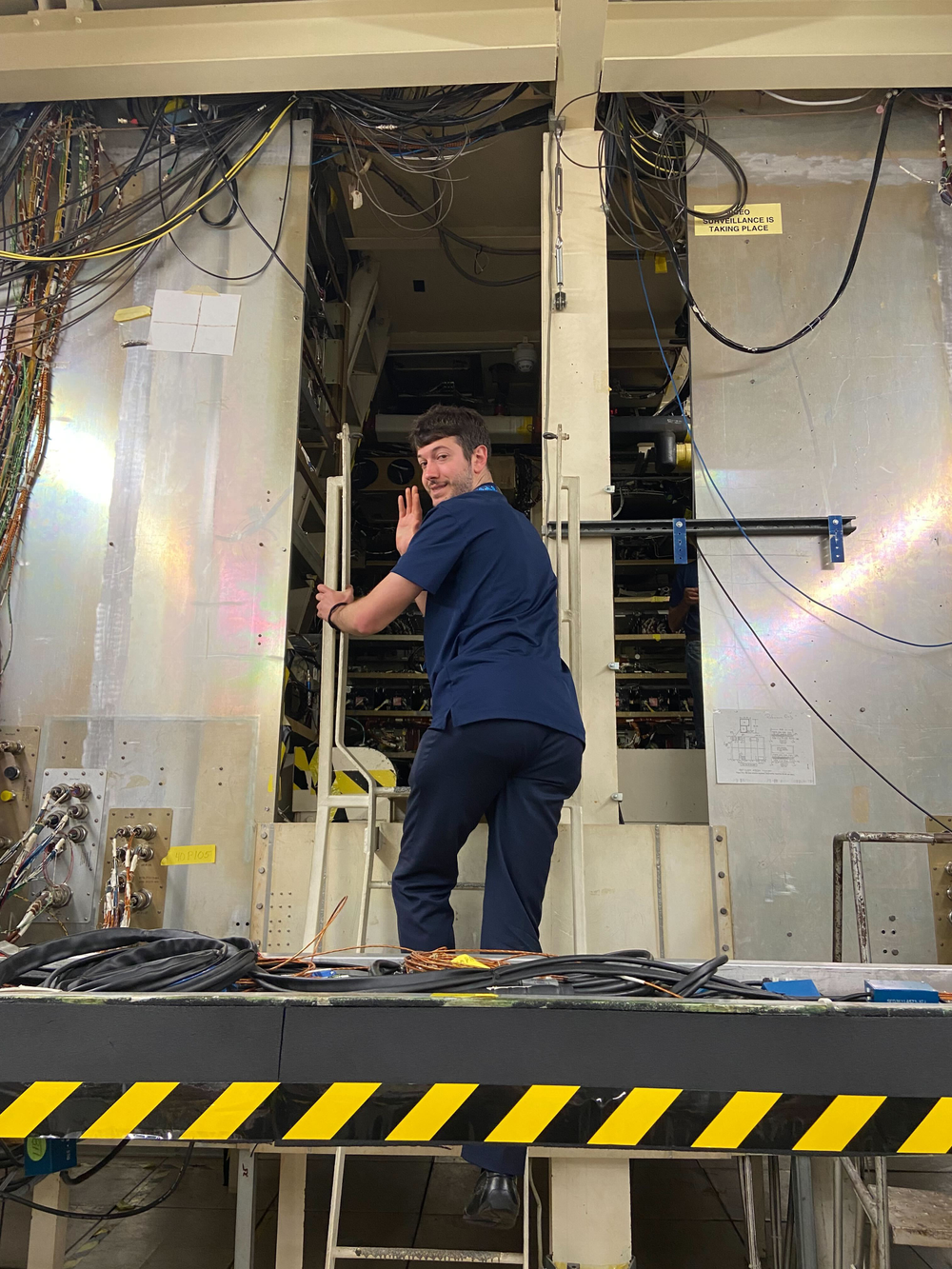
***
Diego Salvatierra is a student at Florida Atlantic University in Boca Raton, Florida, studying computer engineering. Salvatierra is a Pathways intern on his third tour at Johnson and works in Safety and Mission Assurance. He and his team ensure that projects and missions are being executed safely and efficiently while following NASA requirements. Previously, he was assigned to Mission Control and worked on both International Space Station and Orion operations. Additionally, he worked in the Physiology-Sensing Intelligent Optimization Nucleus Laboratory in Houston, Texas, developing concept exercise equipment for astronauts. Salvatierra’s diverse career experiences at NASA have not only prepared him for his internships, but also his contribution to the Artemis missions and the return to the Moon and beyond.
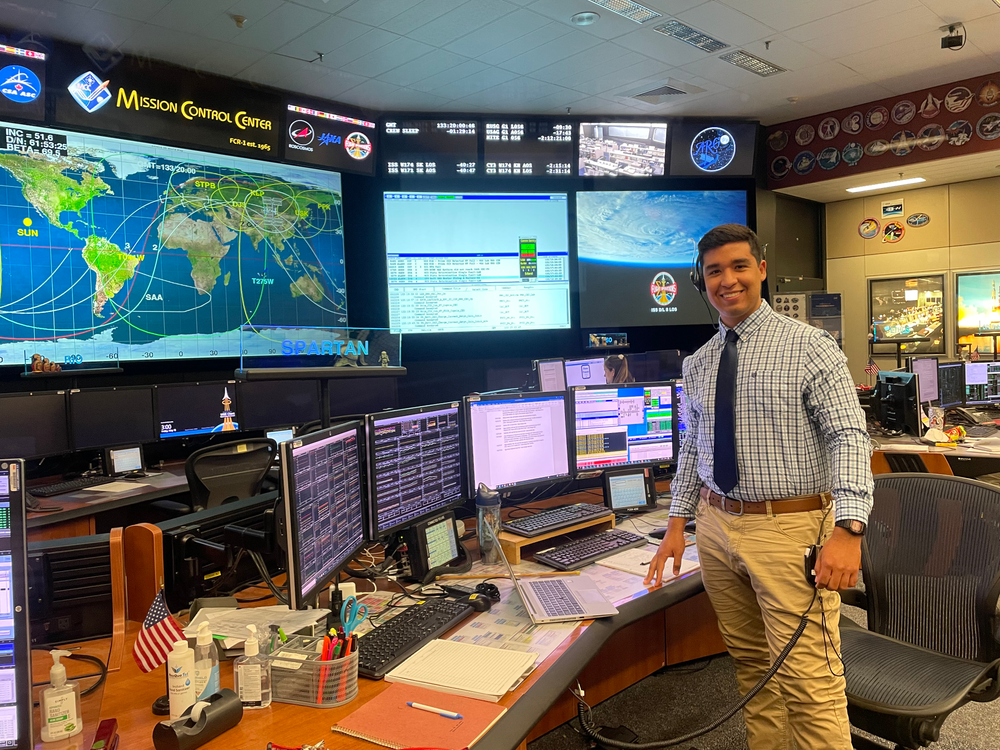

What have you learned about yourself during your time at NASA?
I’ve learned how efficient I can be when I’m doing something I truly love and enjoy. When you feel like you are making a difference at work, the day just flows better!
***
Countless students at Johnson have utilized their outstanding skills and passions to lead them to a career in space exploration. With an array of departments and specializations, the possibilities are endless in the world of a NASA intern. The strength and dedication of interns when faced with new challenges allow them to flourish as students and as young adults. These devoted pioneers have ultimately shaped the way space exploration is viewed.
Follow updates on social media at @nasajscstudents, @nasajohnson, and @nasainternships on Instagram.
Or, @nasajscstudents, @nasa_johnson, and @nasainterns on Twitter.
You can also get updates on Facebook at @nasajscstudents, @nasajsc, and @nasainterns.







